#The fairy trip
Text
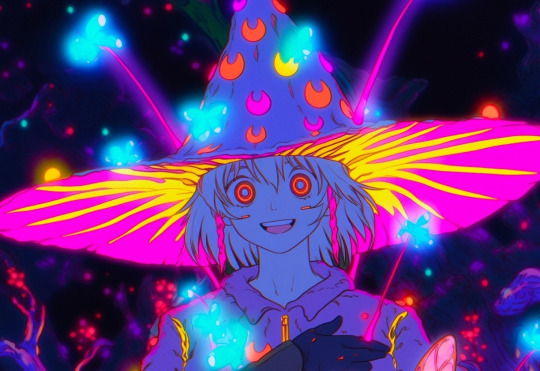

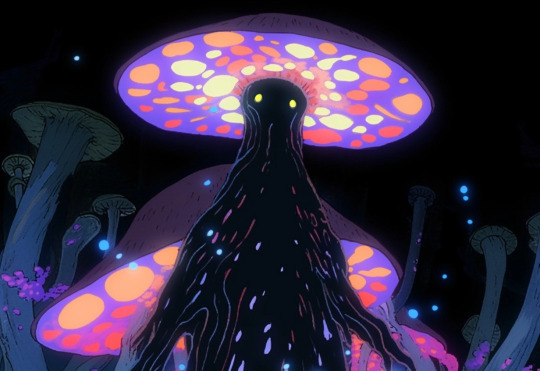

102 notes
·
View notes
Text
watching xianxia is so fun because usually when i'm halfway through a drama and i want to reblog things, i have to be really careful when going through the tag and not look too closely at anything to try not to accidentally spoil stuff that happens later
but when i watch a xianxia drama and go through the tag i'm totally fine even if i look at everything because absolutely none of it makes any goddamn sense out of context. like i find gifsets of the main characters getting married. in one they're getting married to other people and in another they're getting married to each other. twice. then i find gifsets of those same characters dying in five different ways. in one scene one is dying in the other’s arms. in the next scene they’re dying together. someone straight up disintegrates into glitter. and i still have no idea if any of them end up alive or dead or married or alone or what on earth happens at the end
#till the end of the moon#love and redemption#love between fairy and devil#are the three i'm thinking of but i'm sure there are more that i haven't seen to which it applies#like... it's a dream!#it's their past life!#no it's their next life – they're reincarnated!#it's a different realm!#it's 500 years ago! it's 500 years later! it's TEN THOUSAND years ago!#it's both 500 years later AND a dream!#surprise she's a man!#xianxia is such a trip#i’m halfway thru tteotm rn and the gif sets are confusing lmao#my ramblings
439 notes
·
View notes
Text

#just a thought#writers and poets#writers on tumblr#art#poetsandwriters#spilled ink#books#dark academia#light academia#poem#road trip#summercore#summer aesthetic#sylvia plath#van gogh#chaotic academia#soft core#fairycore#fairy aesthetic#dark acadamia quotes#william shakespeare#journal#flower aesthetic#music aesthetic#coffee and books#coffee aesthetic#lana del rey#the secret history#henry winter#sunsets
273 notes
·
View notes
Text

felt like doing another @fairytail-redraw <3
original:
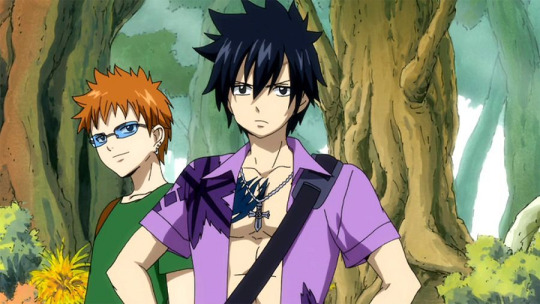
#fairy tail#gray fullbuster#loke fairy tail#background painting very hard#also i call this picture: when you promised your ex boyfriend youd go on a trip with him#anyway gray loke beloved friendship (plus. friendship plus)#art tag#there arent even fairies in this show!
33 notes
·
View notes
Note
Imagine that young thingamajigs haven’t quite mastered how to make their body parts float naturally so occasionally when a baby thingamjig trips they sometimes fall apart.
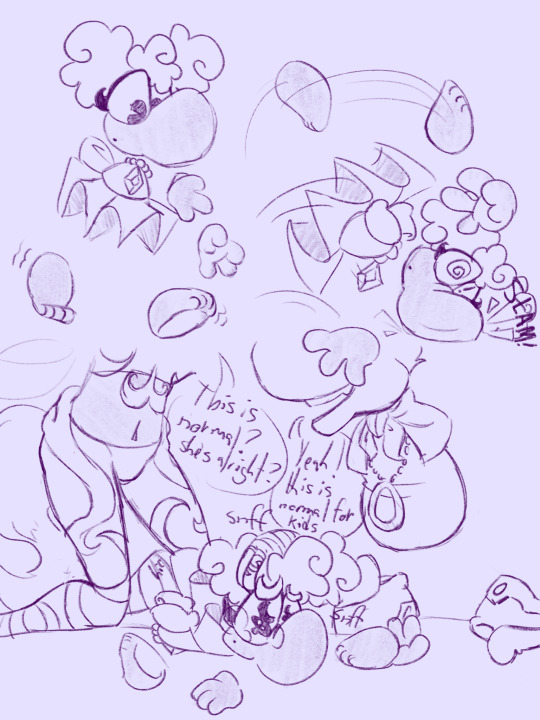

Excuse to draw Baby Maggie excuse to draw Baby Maggieeeee
Ly created this little creature and learns every day just how fucking wacky they are
Rayman is perfectly willing to explain what’s perfectly normal
#ask#thank you anon I love drawing baby thingimagigs#also this isn’t necessarily ship art#rayman is just willing to be a paternal figure for a baby of a rare species#rayman#ly the fairy#mr dark#second image POV: the one who is going to defeat you and restore light to the Glade of Dreams just tripped and fell#don’t talk to me about fuckass shadows please I will cry
49 notes
·
View notes
Text
im pretty sure that most people dont realize that despite fairy types having this reputation as the " pure / good " or whatever typing , a bunch of fairy mons are actually just little shits /hj
#during my trip in kalos there were a bunch of locals who were a little wary of them or just outright despised them#mainly because theyre little tricksters (*'▽'*) and like to cause a bit of mischief#which MAY or MAY NOT end in someones suffering#haha ^_^#fairy type mons are sooooo silly guys#i swear they dont mean harm#. . .#most of the time !!!#diwata rambles#rotomblr#pokeblr#pkmn irl#pokeblogging#pokeblog roleplay#pkmn rp#pokeblog rp#pokemon irl
45 notes
·
View notes
Text


mountain trip and abandoned buildings
#mountains#nature#summer#original photographers#photographers on tumblr#photography#warm aesthetic#abandoned#explore#trees#trip#travel#warmth#cottagecore#cottage aesthetic#cottage vibes#scenery#landscape#beautiful photos#sunshine#forest#woods#cottage core#green#green aesthetic#greenery#fairycore#fairy cottage#cozy cottage#cottage garden
30 notes
·
View notes
Text


Baby mushroom 🍄
#photography#cryptidcore#goblincore#mushroomcore#naturecore#pnw#pnw gothic#pnw photography#pnw vibes#pnwlife#mushrooms#mushies#oregon photography#oregon#original photographers#original photography blog#photographers on tumblr#mosscore#feralcore#faeriecore#forestcore#fairy grunge#fairycore#silver falls#goblin aesthetic#ravencore#nature photography#mushroom photography#hiking trip#hiking trail
26 notes
·
View notes
Text




scotland, day three
#kay’s adventures#scotland trip#scotland#isle of skye#over the sea to skye#travel#travelling#exploring#outlander trip#fairy glen
62 notes
·
View notes
Text

“The Night Queen’s Laughter” by Seraphine Saintclair
#my photography#my posts#photography#forest photography#forest#dark photography#I took this yesterday on a trip to a forest by the sea#fairy tale#fairy tale photography
114 notes
·
View notes
Text

dark cream week: day 6 - thunder
shattered by galacii-gallery
cross by jakei95
dark cream week by @zu-is-here
the full image ->
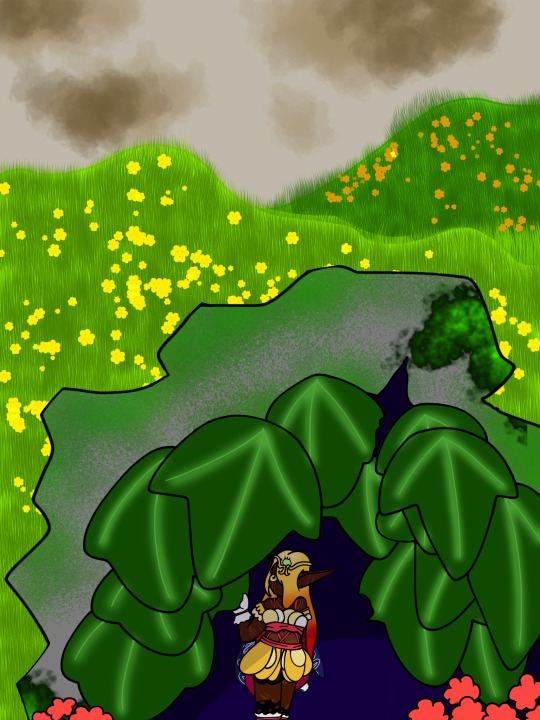
and a close up of Shattered as I think it‘s quite pretty

#my artsies#(i might reblog this again later with the previous version as well as I did redraw this image + if you‘d like I can tell you about my-#original-original idea too :3cc)#cross has been missing for a bit too long now for what was meant to be a short trip :(#and shattered can‘t fly to look for her on her own because her wings are ripped#so you could obviously see how she‘s upset that her ‚subordinate‘ is missing since walking would also take way longer#on another note:#is she pretty? I‘m glad you think so; but fae will take you away and never give you back :3#female version#human versions#dark cream#dark cream week#dark cream week 2024#shattered dream#shattered dream x cross#shattered!dream#cross!sans#cross sans#realised i always forgot that one tag anyway#fairy versions#technically can count as#utmv x tinkerbell#but not quiteeeee
22 notes
·
View notes
Photo

♡ Mushroom Cat Sticker by Midnite Moon Trip ♡
#mushroom#mushroomcore#cottagecore#fairycore#cat#kitty#fairy#cute#kawaii#art#stationery#sticker#midnitemoontrip#midnite moon trip#fashion blog#shopping blog#under 5
92 notes
·
View notes
Text
Why Eru Didn’t Trip Gollum: Providence, Free Will, and Con-creation in The Lord of the Rings—Part 1 of 5
| PART 1 (this post) | PART 2 | PART 3 | PART 4 | PART 5 |

Author’s Note: The following essay was written between Nov. of 2020 and June of 2021 and was itself an expansion on a short social media post that was that written in 2018. The version presented here has undergone further editing for length, but represents work from an earlier stage in my research and writing journey—I hope I have grown since then. Some ideas which first appear in this essay including the notions of “Con-creation,” “Story as Emergent Property of Eä,” and “The Infinite Variety of God” are all things I would like to develop into papers one day, but after so many years of this sitting in Google Drive, I simply want to get it out there. I’ll deal with the papers later. I am cross-posting this from my long-form blog (DM if you'd like the link) in 5 parts because it is very long. Works Cited will be included only in this post, part 1, so I don't have to repeat it.
Part 1: Introduction
Here’s a question: in the climactic moment of The Lord of the Rings, who was responsible for the Ring’s destruction? Was it Frodo? Gollum? Maybe Sam? Alternatively, was it Eru? Is there a sense in which we could say it was Sauron, or even the Ring, itself?
There’s a reading of the climax of J.R.R. Tolkien’s The Lord of the Rings that takes a strong stance on the answer to the above questions. It’s a reading that has floated around fan spaces since at least the mid 2000s. Put simply it states that Gollum’s Ring-destroying fall into the Cracks of Doom as he “danced too close to the edge” was not directly caused by his careless dancing, but rather was the result of him being “pushed” or “tripped” by Eru, Tolkien’s Creator-God. The argument for this reading appears to be centered on the contents of a letter Tolkien addressed to Amy Ronald in July of 1956 (hereafter referred to per its designation in The Letters of J.R.R. Tolkien as Letter 192). In it Tolkien explains that the climax at the Cracks of Doom represents a time in the story where “the Other Power took over,” completing the task that Frodo was incapable of completing on his own (Tolkien, Letters 252). The “tripped” interpretation of this moment appears to assign to Tolkien’s statement in Letter 192 the meaning that Gollum was made to fall by a singular, direct, unilateral act of Eru—that is: divine intervention—a literal deus ex machina as the “finger of God” intruded into history. This reading of Letter 192 is prominent enough in fan consciousness that as of this writing, even the entry for “Eru Ilúvatar” on One Wiki to Rule Them All lists it alongside The Drowning of Numenor as one of four moments in the history of Middle-earth when Eru actively and miraculously intervened (“Involvement”), an association that is significant for reasons which will soon become clear.
This reading of the scene, and of the Letter used to argue for it, is highly selective and disregards both the context of said letter and numerous pieces of evidence that suggest contrary readings, both within the text of The Lord of the Rings and outside of it. It also requires mischaracterizing the very present and widely-recognized functioning of Providence in Eä by recasting it instead as miracle. Additionally, if true, it would work to undermine some of the most prominent themes in The Lord of the Rings, including those themes Tolkien, himself, identifies within his letters, damaging the work’s dramatic unity and rendering The Lord of the Rings unsatisfactory from a narrative perspective. Most important for my purposes, I believe that this very unsatisfactory-ness is evidence that this reading cannot be true without running afoul of one of the most important underlying aspects of the metaphysics of Tolkien’s Legendarium—the “story-nature” of Eä.
I will “unweave” this interpretation and then “reweave” the loosened threads of story into a different pattern, one I am calling “con-creation.” In my usage “con-creation” is the total continuous creative activity (by which I also mean choice-making about mundane things) of all creatures capable of choice, across all time—rather than the creative activity of a set number of said individuals greater than one (“co-creation”)—as a means of creating in concert with a Prime Creator who supports the total product of con-creation by supplying it with primary being. It could be likened metaphorically to the production of an improv-heavy play. This idea is so central to The Lord of the Rings in particular and to Tolkien’s Legendarium in total that it—like eucatastrophe—”rends the web of story” (Tolkien, Tolkien On Fairy-stories 76) and enters into the real world, encompassing the reader as well.
[Continue to PART 2: Catching the Snag]
———————
Works Cited
“Involvement.” Eru Ilúvatar, One Wiki to Rule Them All, lotr.fandom.com/wiki/Eru_Ilúvatar. Accessed 16 Nov. 2023.
Blount, Douglas K. “Uberhobbits: Tolkien, Nietzsche, And The Will To Power.” The Lord of the Rings and Philosophy: One Book to Rule Them All, edited by Gregory Bassham and Eric Bronson. Carus Publishing Company, 2003.
Caldecott, Stratford. “Over the Chasm of Fire: Christian Heroism in the Silmarillion and The Lord of the Rings.” Tolkien: A Celebration, edited by Joseph Pearce. London: Harper Collins, 1999.
Dubs, Kathleen, “Providence, Fate, and Chance: Boethian Philosophy in The Lord of the Rings.” Twentieth Century Literature, vol. 27, no. 1, 1981, pp. 34-42.
Hibbs, Thomas. “Providence and Dramatic Unity in The Lord of the Rings.” The Lord of the Rings and Philosophy: One Book to Rule Them All, edited by Gregory Bassham and Eric Bronson. Carus Publishing Company, 2003.
Ivey, Christin. “The Presence of Divine Providence in the Absence of ‘God’: The role of Providence, Fate, and Free Will in Tolkien’s Mythology.” The Corinthian, vol. 9, no. 1, 2008, pp. 189-99.
Kocher, Paul. Master of Middle-earth. New York: Ballantine Books, 1978.
McIntosh, Jonathan. The Flame Imperishable: Tolkien, St. Thomas, and the Metaphysics of Faerie. Kindle ed., Angelico Press, 2018.
Meyer Sparks, Patricia. “Power and Meaning in The Lord of the Rings.” Understanding The Lord of the Rings: The Best of Tolkien Criticism, edited by Rose A. Zimbardo and Neil D. Isaacs. New York: Houghton Mifflin Company, 2004.
Purtill, Richard. J.R.R. Tolkien: Myth, Morality, and Religion. Ignatius Press, 2003.
Sandwell, Ian. “Lord of the Rings almost had a much darker ending.” Digital Spy, 4 Mar. 2021, http://www.digitalspy.com/movies/a31925985/lord-of-the-rings-ending-frodo-gollum/. Accessed 17 Sept. 2021.
Tolkien, J. R. R.. “The Hunt for the Ring.” Unfinished Tales of Numenor and Middle-earth, edited by Christopher Tolkien, Annotated ed., Kindle ed., Mariner Books, 2012.
—. The Letters of J.R.R. Tolkien. Edited by Humphrey Carpenter, 1st ed., Kindle ed., Mariner Books, 2014.
—. The Lord of the Rings: One Volume. 50th Anniversary ed., Kindle ed., Mariner Books, 2012.
—. Morgoth’s Ring. Vol. 10 of The History of Middle-earth, edited by Christopher Tolkien. Boston: Houghton Mifflin, 1993.
—. “Osanwe-kenta.” The Nature of Middle-earth, edited by Carl F. Hostetter. Boston: Houghton Mifflin Harcourt, 2021.
—. The Peoples of Middle-earth. Vol. 12 of The History of Middle-earth, edited by Christopher Tolkien. Boston: Houghton Mifflin, 1996.
—. Sauron Defeated. Vol. 9 of The History of Middle-earth, edited by Christopher Tolkien. Boston: Houghton Mifflin, 1992.
—. The Silmarillion. Edited by Christopher Tolkien, Reissue ed., Kindle ed., Mariner Books, 2012.
—. Tolkien on Fairy-Stories. Edited by Verlyn Flieger and Douglas A. Anderson. London: HarperCollinsPublishers, 2014.
Wood, Ralph C.. “Conflict and Convergence on Fundamental Matters in C.S. Lewis and J.R.R. Tolkien.” Renascence, vol. 55, no. 4, 2003, pp. 315-38.
#Why Eru Didn’t Trip Gollum#Tolkien#The Lord of the Rings#The Silmarillion#On Fairy-stories#eucatastrophe#providence#free will#miracle#Eru#Gollum#Frodo#Anthrabeth Finrod ah Andreth
30 notes
·
View notes
Text
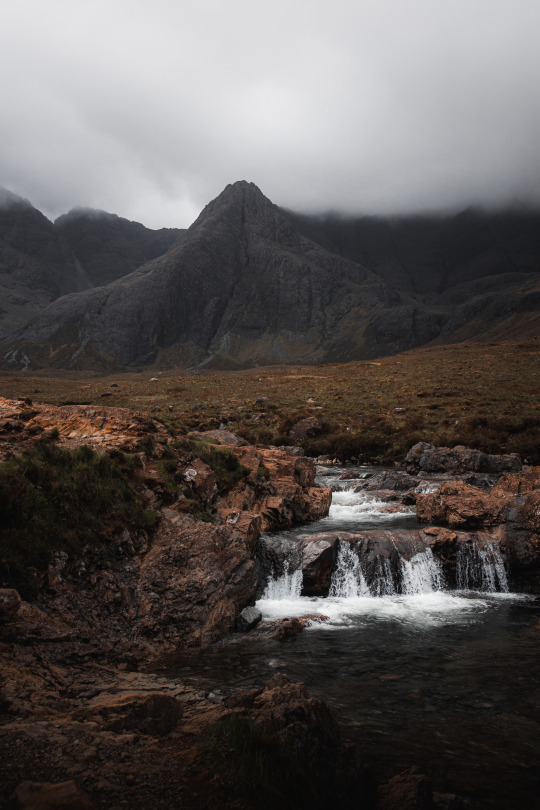
📍 Fairy Pools, Isle of Skye
We come back here on nearly every Isle of Sky road trip, who's brave enough to waddle in?
238 notes
·
View notes
Text

Giant parasol mushroom
Rhineland-Palatinate, Germany
#this was the coolest mushroom we saw that trip#jojoliverphotography#mushrooms#fungi#fairy#fae#mycology#foraging#fungus#cottagecore#nature#forest#woods#nature photography#photographers on tumblr#autumn#autumnal
170 notes
·
View notes
Text
Appreciation post for 'girly girl' characters and/or shows that celebrate traditionally feminine things that girls and women are shamed for.
Characters on this list that love makeup, fashion, hair, etc. Characters that are still written as strong, intelligent, brave, etc. That told young girls that these interests are valid, they are not lesser interests. Being feminine and liking traditionally feminine things does not make them weak.
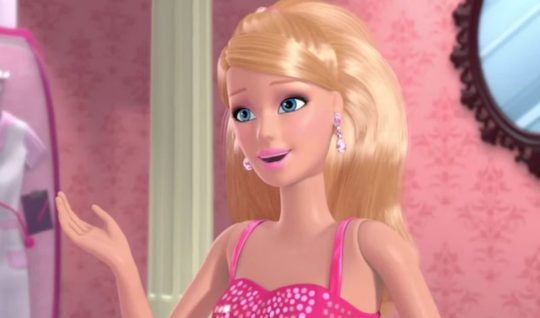
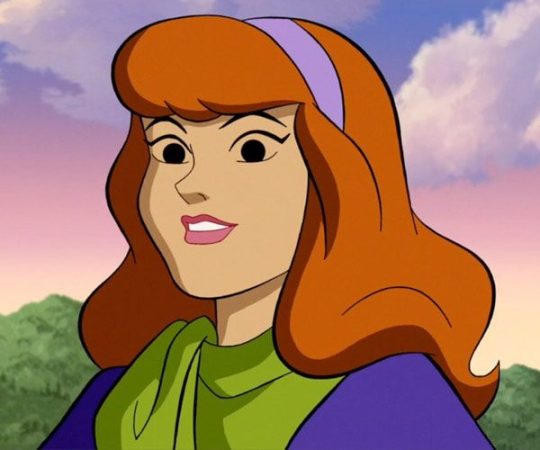



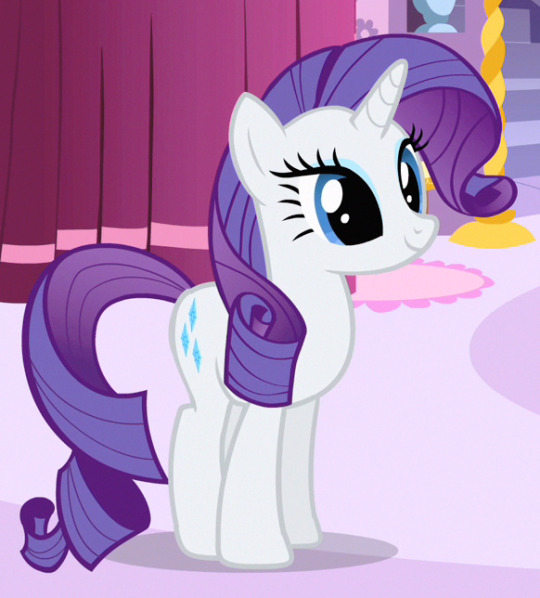
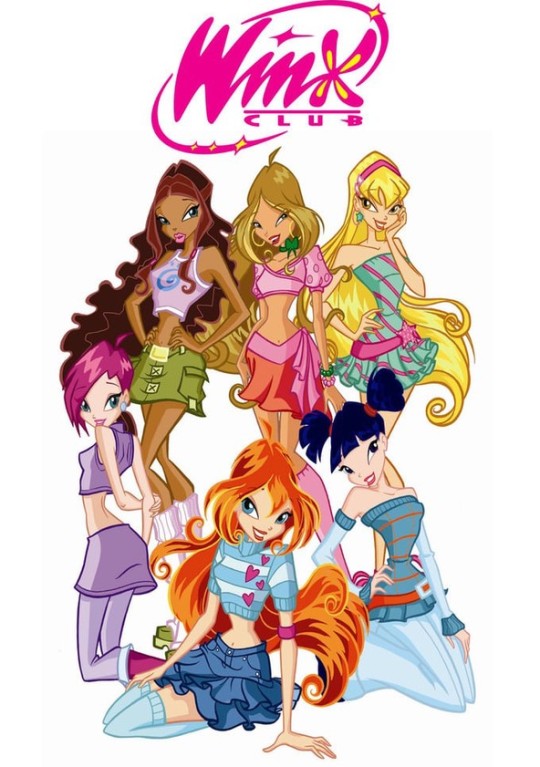

#I'm so glad I got to grow up with these girls#I was originally gonna make a post of Barbie Daphne and Stella and be like. They remind me so much of each other#And how much I love characters like them#Because I do#But then I was like fuck it let's just make a post for all the girly girls because they're so good#So here we are. In a world of misogyny. We still have them. And I am so greatful#I'm sad I missed out on celebrating my femininity and stuff like this in my teen years because of just. Stuff I was going through#But I'm glad I'm doing it now. I've been getting into makeup for the past year. Mostly eye it's so fun#The Barbie movie. Dressing up for it. Being proud makeup and skirts and dressing up like I did as a girl. God it was so wonderful#I've not felt this connected to this part of myself in years. It has helped to much#It reminded me of my love for Barbie. The movies. The fairies and mairmaids. The bright colours and fashions#And my love for all of these shows. The outfits and designs I fell in love with. The friendships and sisterhoods in all of them.#Yes it's just Rarity. I know some of the others girls also fit. But some don't as much so I didn't wanna just put a group one#And I know Kim and some others aren't as girly as others. But she's still a good example.#Her and Monique's shopping trip and other stuff is engraved into my mind. I actually think about them a lot I love them#Daphne was also a masisve awakening for me. I had such a crush on her. And the Hex Girls.#If you're wondering why other shows aren't on here. Like Trollz or Powerpuff Girls or something. It's msotly based on what I watched#And I didn't really watch them I'm sorry but feel free to add more.#We're ignoring how I mispelled mermaids. I'm not going back to change that tag.#Anyway I love women basically. We're awesome.#Barbie#Scooby Doo#Bratz#Monster High#Kim Possible#My Little Pony#Winx#Mew Mew Power
52 notes
·
View notes